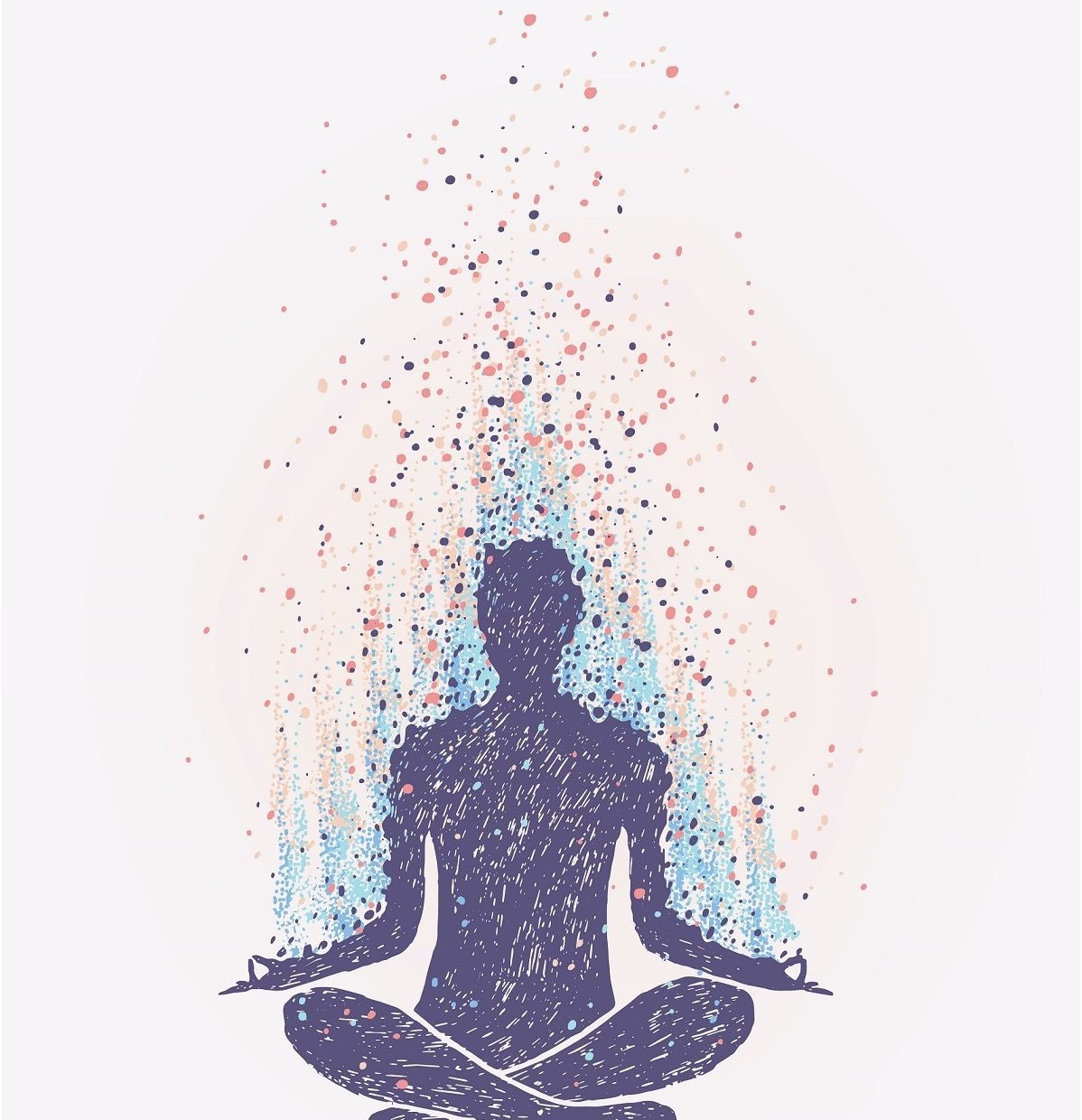Chakras and Its Seven Types | how to activate chakras in the human body

The ancient age provided numerous things that can facilitate a person in living its life. ‘Chakra‘, a Sanskrit term which indicates a wheel or disk also refers to as the energy centers of the body. They prove to contribute an ideal role in keeping the proper health of our bodies. They help in conveying the right balance of energy to every part of the mind, body, and spirit.
There are seven points where people identify the chakras. And their connection is among different organs and glands of our body. People believe that the chakras run along the spine length, from the pelvic floor to the head’s crown.
The History Behind the Chakras
These kinds of focal points were applied in the prehistoric meditation practices. The concept came into charge during the early traditions of Hinduism. Regarding the numbers, the Buddhists had thought of five chakras, while the Hindu sources presented six or seven.

But today, we will try to bring some helpful information regarding the available seven chakras. Let’s discover them one by one.
1. Root Chakra (Muladhara)
You can identify the term ‘Muladhara’ as root support. Its location is in the spine’s base between the anus and genitals. Here, the associated color is red and symbolizes the element earth. For keeping this kind of chakra fit, there is a need to perform some exercises. For example, jogging or jumping can be worth. This chakra accounts for handling some chief aspects like food, sex, sleep, and self-preservation.

2. Sacral Chakra (Svadhisthana)
From all the seven chakras, this one is responsible to bring creative energy for enriching life. You can also identify it as being responsible to express emotions. It proves to be at the lower abdomen, below the belly button. The color which Svadhisthana indicates is orange. This chakra is linked with the element water. Its energetic function is to assist in regulating desires and emotions.
3. Solar Plexus Chakra (Manipura)
The related color of this chakra is yellow. And fire is what one of the motives that this chakra resembles. This is where a person locates identity, personal power, and self-confidence. It initiates in the center of the belly button and expands up to the breastbone or below the rib cage. Else, you can understand as the Manipura helps to optimize our power that we can do something confidently.
4. Heart Chakra (Anahata)
This chakra has a connection with the air. Its place lies in the heart center. Its color is green. Here, you can see the presence of emotional qualities like love, attachment, openness, and peace. When it goes out of balance, a person may put himself in some unpleasing conditions. For example, annoyance, nervousness, fright, irritability, or distrust, etc.
5. Throat Chakra (Vishuddha)
The term ‘Vishuddha’ can be identified as to purify. The positioning of this chakra lies in the base of the throat and corresponds with the thyroid gland. The related color to this one is blue. With its help, a person gets the freedom to speak with truth and clarity, as mentioned by people. Expression, inspiration, the ability of communication, and faith are those things that can exist here.
6. Third Eye Chakra (Ajna)
The positioning of this chakra is said to be among the eyebrows. It contains a color of indigo blue. Its usage can take place for bringing more attentiveness and alertness. It is held to be the center of visualization, prediction, self-assurance, inner knowing, and imagination.
7. Crown Chakra (Sahasrara)
The positioning of these chakras goes to the head crown. And this chakra is what situated there. This chakra stands for one of those energies which are tricky to clarify. One theory says that completely balancing this chakra for humans isn’t possible. It is believed to be beyond the elements. In some places, the color of this chakra is violet.
Also Read: LIVING WITH DEPRESSION: How To Cope With Depression And Anxiety









sarita184
It was great to know so much and deep knowledge about ancient health science. A knowledge beyond the very serious and beyond ordinary information is unimaginable, unforgettable, incomparable.